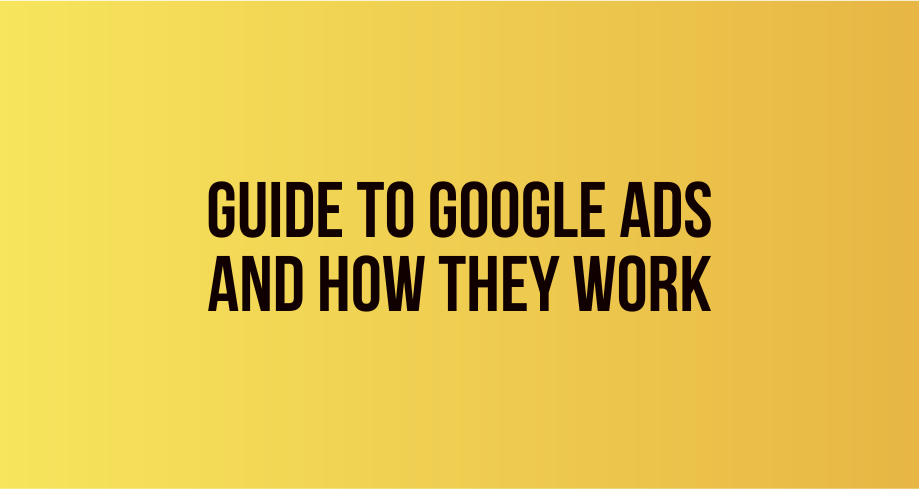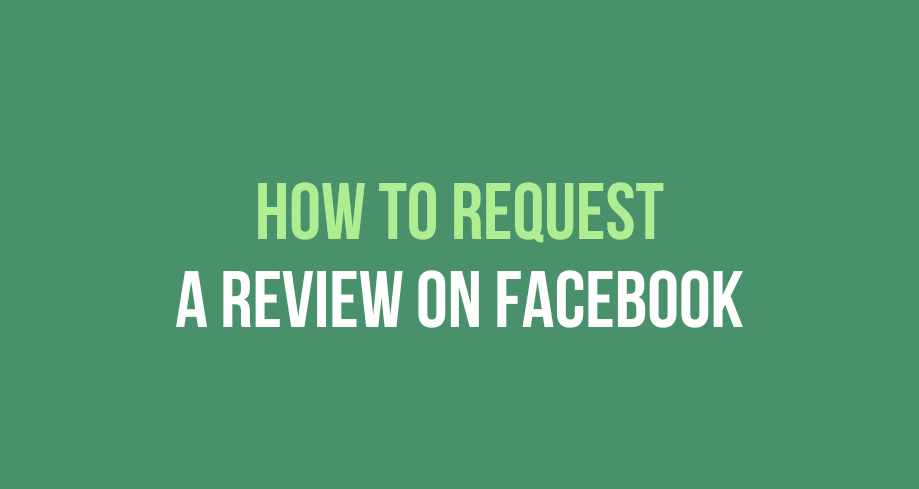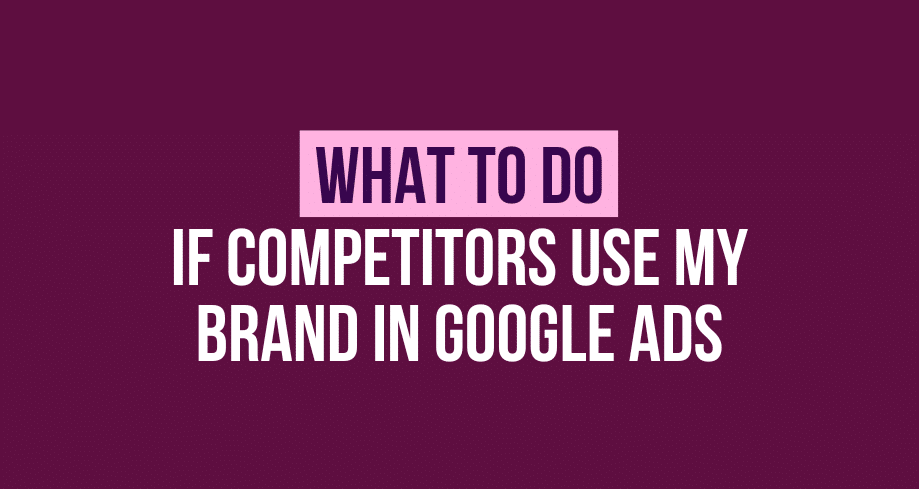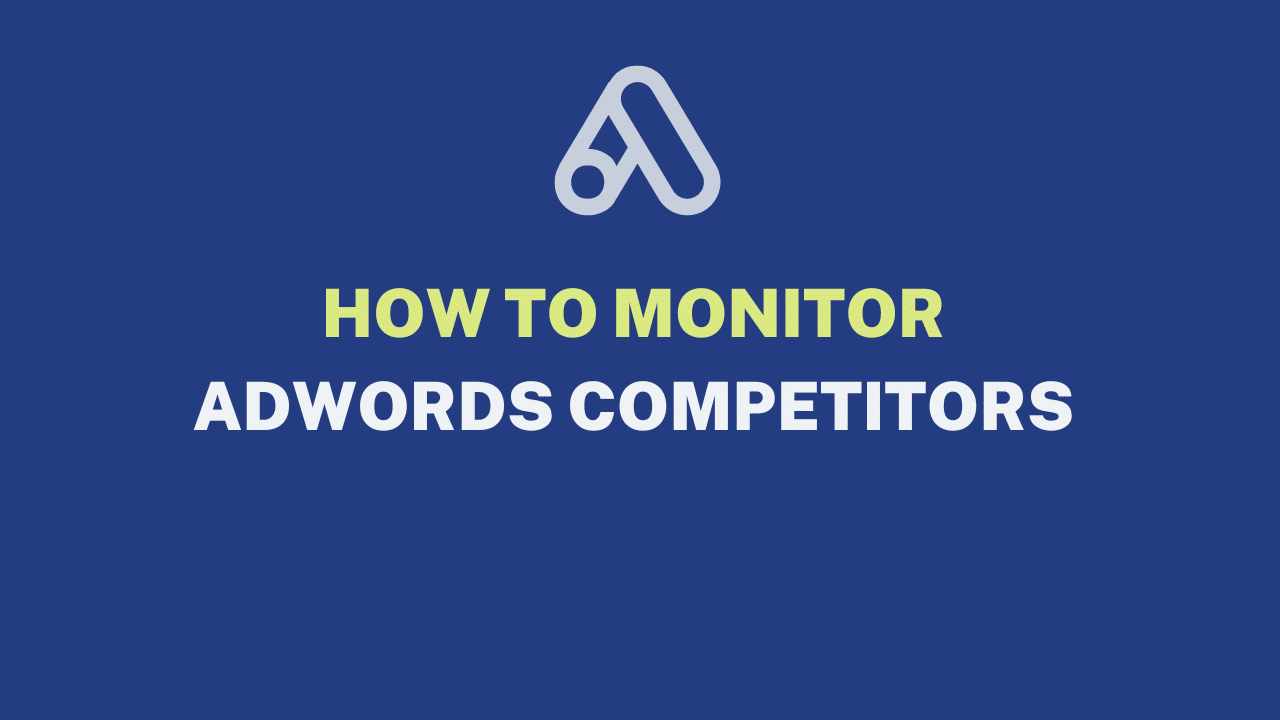New to Google Ads? If so, you may be overwhelmed by the vast terminology and the infinite online resources that promise to help you get started with Google Ads. We are here to help you because we decided to gather in a few lines the basic concepts you need to understand as a newcomer to the fascinating Google Ads world.
Read on to dissipate the confusion and cast a new light on your Google ads marketing efforts.
An Overview of Google Ads
Born Google Adwords, the evergreen online advertising platform is still a leader in its sector and the go-to source with its unique reach through the Google display network.
Google ad campaigns use targeted campaigns to match the users’ searches through target keywords and locations and aim to guarantee the best results for your marketing efforts.
The natural evolution of the platform led to using multiple types of ad campaigns, like search campaigns, video ad campaigns, display campaigns, shopping campaigns, and app campaigns.
How Google Ads Work
Google Ads operates on a pay-per-click schema. It means the system allows marketers to target relevant keywords for their audience, to drive more leads and sales for their businesses. These ads display on the Google network and Google partners.
The ads will only display if they match the users’ search intent. So the first steps to operate on Google Ads (after creating your Google Ads account) is crafting a set of keywords to target (consider negative keywords and keyword themes) and setting your maximum bid. A bid refers to the amount you are willing to pay for every ad.
Marketers have three different options to set up the bid for their Google ads campaign:
- Cost-per-click (CPC): marketers pay when a user clicks on their ad.
- Cost-per-mille (CPM): marketers pay per 1000 ad impressions.
- Cost-per-engagement (CPE): marketers pay when a user performs a specific action on their ad. Popular call to action includes signing up for a list, watching a video, joining a free webinar, etc.
Set your bid and create compelling landing pages to attract your prospective customers and invite them to consider your proposal.
Google Ads determines the quality of an ad using its Quality Score. This metric (ad rank) is the best evidence of the relevance and quality of an ad or a landing page. Remember that Google takes its role seriously, and they care about and monitor the relevance and quality of all the content shared through the platform. Including your Google Ad Campaign.
Tracking and monitoring the performance of your ad group or ad campaign using Google Analytics, or other tools is the best strategy to optimize and improve your results in the long run.
Welcome to the Google Display Network
With over 90% of world search engines, the power of the Google Ads Platform is unquestionable. Furthermore, they expanded their outreach powers using the Google Display Network, a web with over two million websites, video platforms, and apps for ad placement, which makes it an excellent option to boost your ad spend and reach.
The Google Display Network provides multiple ad formats to help you target your intended audience, Including video ads, image ads, and only text. Marketers can choose to place Google to automatically place their Google Ads according to their criteria, enhance their performance, or decide where to place their ads themselves.
Google ads use machine learning to understand search intent and determine the best audience to display your ad campaign according to the search queries.
What Are the Different Types of Google Ads
Not all ad groups and Google Ads are created equal. Think about readers for example, some people prefer digital formats, while others find digital books an unacceptable format, and don’t even consider it. The same happens with your advertisement, the format for your Google Ads depends largely on your objectives, target audience, and ad spend.
It is the moment to dive deeper into the subject to understand the limitless advertising possibilities of Google.
Google Search Ads
Search ads are a form of online advertising that appears at the top of the search engine results page (SERP) when users search for a keyword or phrase relevant to your business or your products. A different word for this kind of ad is Pay per click ads because advertisers only pay when someone clicks on their ads.
Google Search Ads are typically text ads and have a headline, description, and link to an engaging landing page. The higher the bid for the specific target keywords, the higher the chances to appear on search engine results.
Search ads are an excellent strategy to reach your potential customers when they are searching for something related to your specific business and within your specific area.
Google Display Ads
Google display ads appear on mobile apps, websites, and third-party websites that are part of the Google Display network. Unlike our previous category, these are visual based ads, which can include images, videos, and animations to effectively catch users’ attention.
Marketers can display their ads using multiple formats, like banner ads, responsive ads, and native ads.
Note that by using Google Display Ads you get a tactical advantage because they have the potential to expand your reach to the websites your intended audience is likely to visit and interact with.
Google Video Ads
Google video ads appear on video platforms that are owned by Google (like YouTube) or make part of the Google Display Network. The ad format is video, and the user can have the option to skip the video ad.
The key advantage of video ads is that this content helps marketers convey their message and have better chances to captivate viewers.
Google Shopping Ads
Shopping ads help retailers promote their products on Google Search and other Google-owned platforms. Shopping ads are created using a Google Merchant account and they require the marketer to create a product catalog providing information like the product name, image, price, and availability.
When a user searches for relevant keywords for your product your shopping ads display at the top of the search results page. The advantage of this format is it helps you showcase your product to an audience that is actively looking to buy a product like yours, increasing your chances of conversion.
How to Calculate Your Google Ads Budget
To calculate a budget for Google ads, marketers must consider multiple factors, like their reasons to advertise on Google, their target audience, and the available funds to invest in Google advertising. Here is a list of the minimum elements to consider.
- Define your advertising goals.
- Identify your target audience.
- Craft your bid strategy
- Do keyword research to determine the cost of your intended keywords
- Set a daily budget based on your bid strategy
- Monitor and adjust according to your result.
Agency or DIY Google Ads Campaigns
The approach is your decision and depends on factors like time availability and willingness to learn, marketing budget, campaign size, and the desired outcome.
When on a budget, your best option is to build a list of Google ads advertisers and agencies and ask for their services to find an offer within your budget and objectives.
FAQs
Why Are Google Ads So Popular?
Google Ads is the most popular advertising platform for multiple reasons. We will list the most remarkable.
- It helps marketers target a broader audience of potential customers.
- The platform provides multiple formats and targeting options to help businesses reach their intended audience.
- It is a cost-effective way to advertise because you can control your budget on daily basis.
- The platform is flexible and delivers measurable results.
Who Are Google’s Biggest Advertisers?
Considering search engine marketing as an evolving being, it can be difficult to determine the biggest advertisers on Google Adwords. The list varies year after year. The list of big spenders in Google ads includes brands like Lowe’s, Home Depot, Amazon, State Farm, and Progressive.
Google advertising and the best SEO practices can help you improve your marketing results. If you are a small business owner, do not be afraid to run your first Google ad campaign because the result may surprise you.
Why Do Google Ads Appear on the Search Results Pages?
Google ads are a form of paid advertising that use the display network to spread the marketers’ message to a broad but targeted audience, responding to Internet users’ search intent. Depending on the bid, the relevance, and the ad quality, it displays at the top or bottom of search engine results.
The aim is to target customers already looking for a specific product or service at the moment of search to increase the chances of conversion. Search engine result pages are the best moment and time to do it.
Final Thoughts
After many years Google Ads still stands in its position as the leader in online advertisement. Its multiple advantages make it the number one candidate to help you increase your website traffic, online visibility, brand awareness, and conversion rates for your business.
Whether you decide to conduct a shopping campaign, display campaign, or search campaign, Google ads work. The possibilities are limitless. Do not hesitate and experience the benefits of Google advertising to boost your business marketing campaigns.




